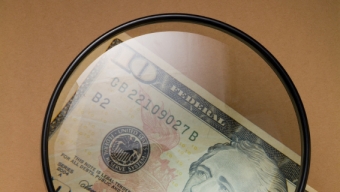The Department of Health and Human Services (“HHS”) Office of Inspector General (“OIG”) provided its quarterly report on the comparison of the average sales price (“ASP”) to average manufacturer price (“AMP”) for the fourth quarter of 2018. The ASP is the basis of Medicare Part B drug reimbursement. Medicare Part B covers prescription drugs that are typically administered at a doctor’s office or in a hospital outpatient setting. The Social Security Act requires that OIG compare ASPs with AMPs to monitor market prices and to identify potentially excessive payment amounts for drugs reimbursed through Medicare Part B. If OIG finds that the ASP exceeds the AMP by a set amount and for a specified duration, the Secretary is to substitute the ASP with a lower payment rate.
In this report, OIG obtained ASP and AMP data for Medicare Part B drugs for the fourth-quarter of 2018. They then compared volume-weighted ASPs with AMPs and identified those drugs where the ASP exceeded the AMPs by at least 5 percent. OIG then excluded those drugs that did not meet the duration criteria of exceeding the ASP plus 5 percent threshold in the previous 2 quarters or 3 of the previous 4 quarters.
The OIG identified 10 drug codes that met the price substitution criteria. The HHS Secretary may substitute the market price or 103 percent of the AMP as the Medicare Part B drug reimbursement rate. One additional drug code exceeded the substitution threshold, but that code is identified by the FDA as being in short supply. Another five drugs met the ASP plus 5 percent threshold, but only for the fourth-quarter of 2018, and consequently did not meet the duration criteria and are not subject to the price substitution criteria.
The most recent annual report on price substitutions was published in August 2018 and included data from 2016 average sales prices. In that report, OIG determined that price substitutions on 16 drugs resulted in a savings to Medicare of $13.1 million over the course of the year. OIG also noted that changing the price substitution policy to include drugs that exceeded the AMP plus 5 percent threshold for a single quarter would have resulted in an additional savings of $2.7 million over the year. The Center for Medicare and Medicare Services (“CMS”), however, has been reluctant to expand the price substitution policy to those drugs that only meet the threshold for one quarter as they argue that data from a single quarter may represent an anomaly as opposed to a market trend. From 2013, when CMS instituted this price substitution policy, through 2016, Medicare has saved $55.4 million, so it seems that the price substitution policy is here to stay, even if CMS does not expand it.


